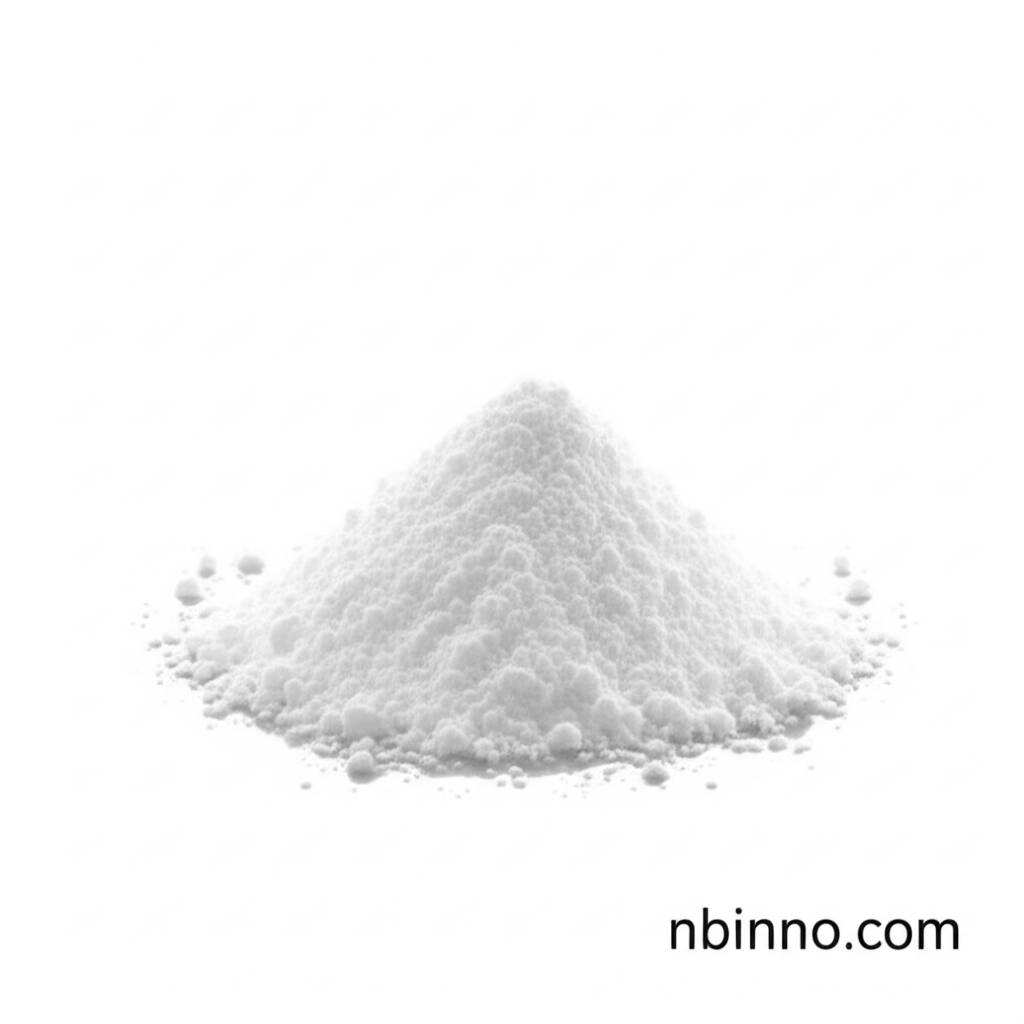Triphenylborane: Properties, Applications, and Industrial Significance
Explore the versatile uses and chemical properties of Triphenylborane (CAS 960-71-4) in industrial and research applications.
Get a Quote & SampleProduct Core Value

Triphenylborane
Triphenylborane, identified by CAS number 960-71-4, is a crucial organoboron compound widely recognized for its utility across scientific and industrial domains. Its core value lies in its role as a versatile precursor and intermediate in numerous chemical processes.
- This compound is essential for triphenylborane chemical synthesis, allowing for controlled reactions and product development.
- Understanding triphenylborane industrial applications reveals its importance in advanced material creation and chemical manufacturing.
- The chemical vapor deposition applications of triphenylborane are significant for producing novel nanomaterials with unique properties.
- As a high-purity chemical precursor, it is indispensable for research and development requiring precise molecular structures.
Advantages Offered by the Product
Versatile Precursor
Triphenylborane serves as a fundamental precursor in the synthesis of various organic and inorganic compounds, supporting a broad range of chemical transformations.
Material Science Applications
Its use in chemical vapor deposition highlights its role in advancing material science, particularly in the development of carbon nanomaterials for energy and electronic applications.
High Purity Availability
Available in multiple high-purity grades, it ensures reliable results for critical applications, supporting the development of advanced materials and pharmaceuticals.
Key Applications
Chemical Synthesis
Triphenylborane is instrumental in various organic reactions, acting as a catalyst or intermediate, thereby facilitating the creation of complex molecules and fine chemicals.
Nanomaterial Development
Its application in chemical vapor deposition makes it a key component in the production of advanced carbon nanomaterials for technologies like hydrogen storage and transparent conducting films.
Catalysis
The compound functions as a catalyst in specific industrial processes, enhancing reaction efficiency and selectivity in chemical manufacturing.
Industrial Intermediates
As a vital intermediate, it supports the production of a wide array of specialty chemicals, contributing to various industrial sectors and product innovations.
